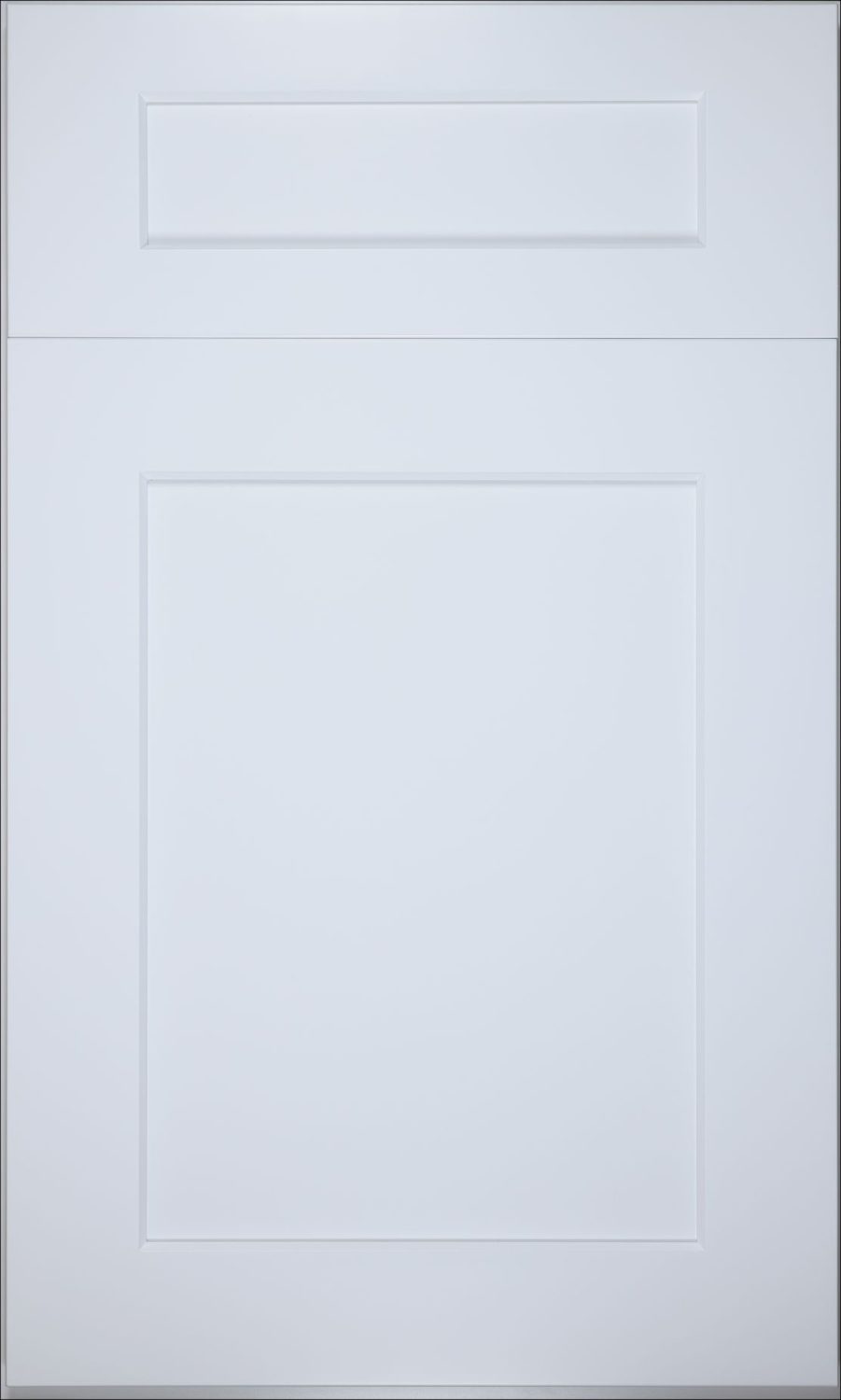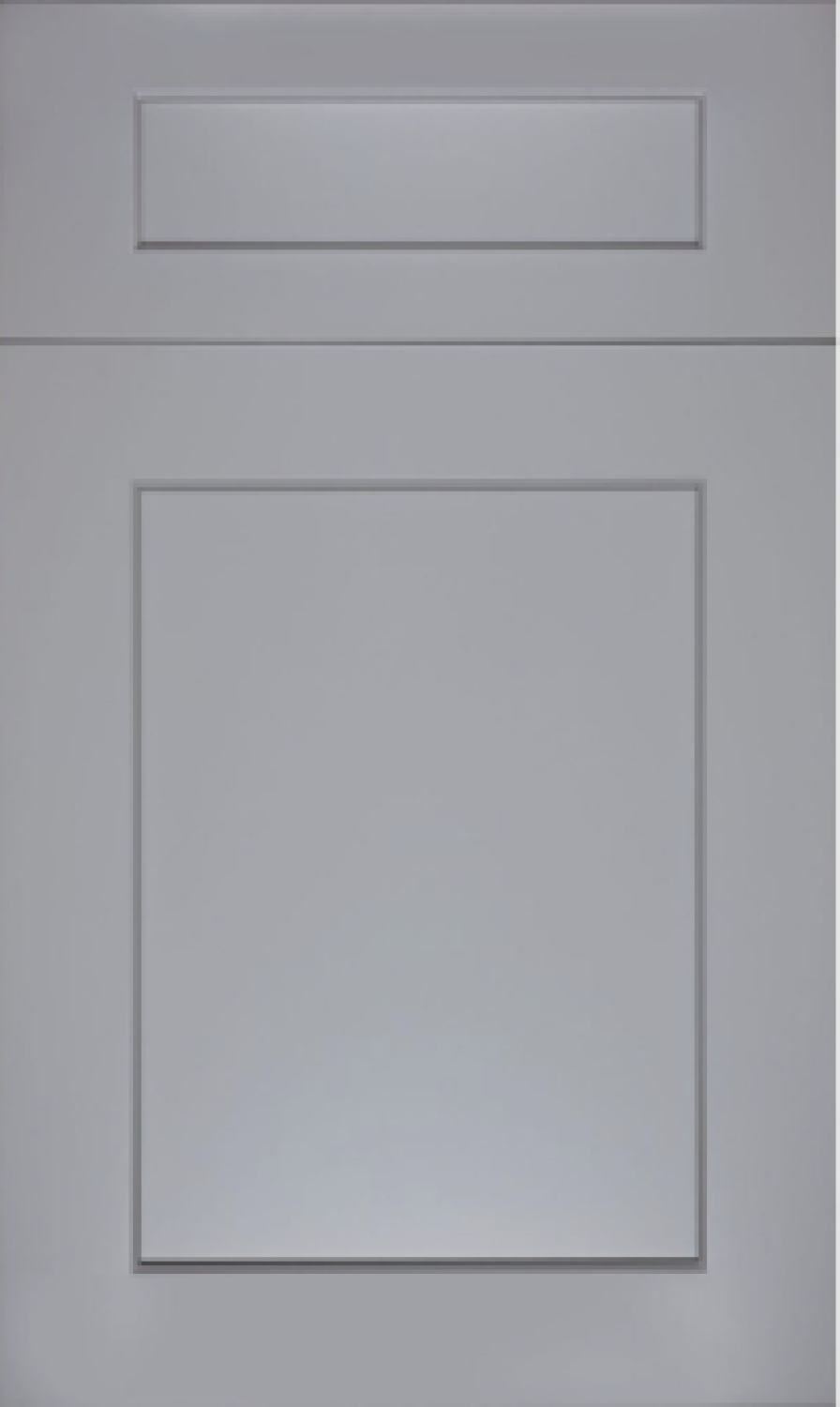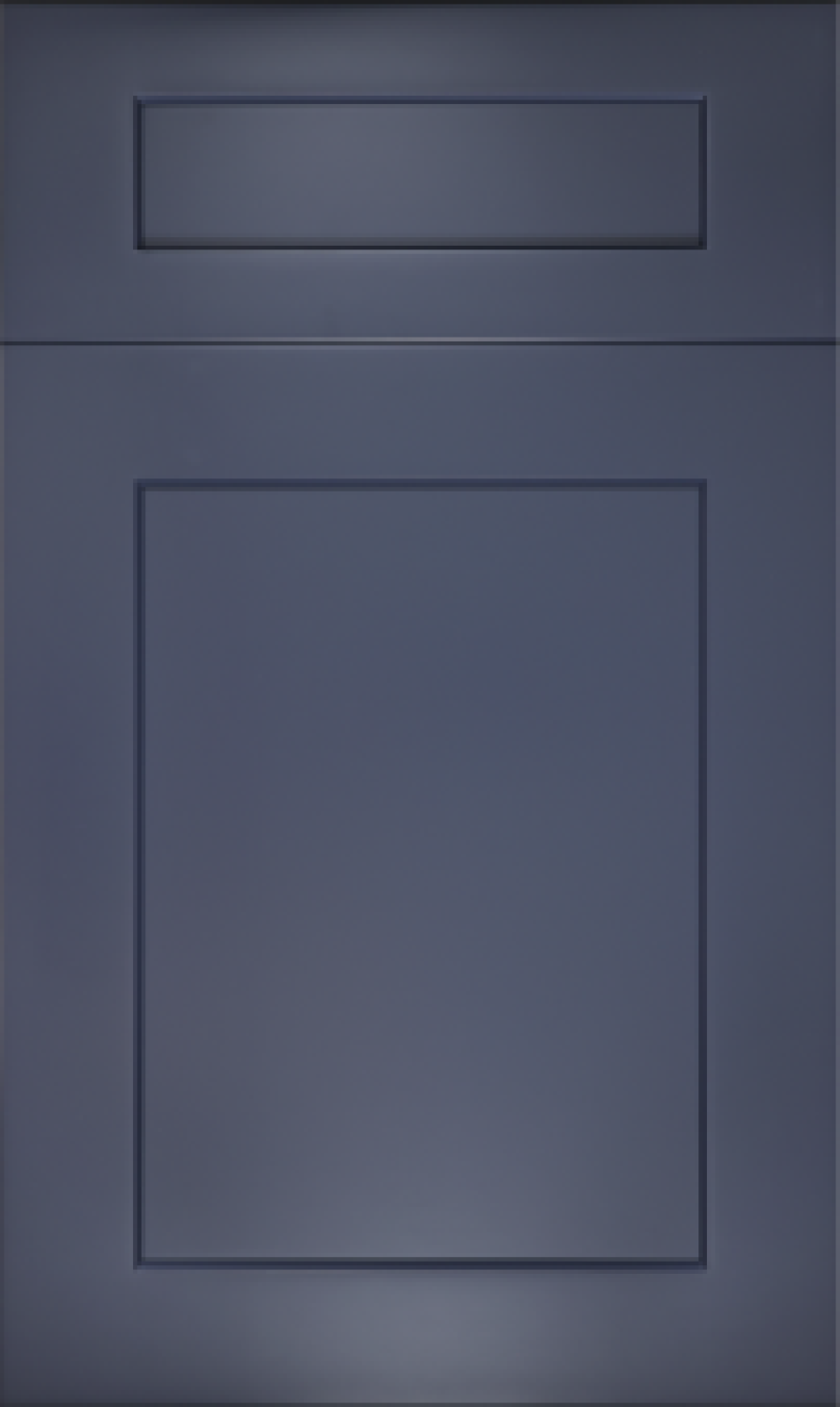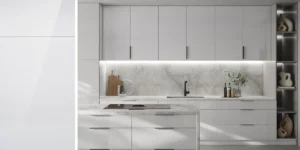Whether you’re looking for a quick kitchen refresh or wrapping up a renovation, new cabinet hardware is a fantastic way to add style to your kitchen. Knobs and handles are essential in kitchen design, significantly impacting both functionality and aesthetics. They can transform your cabinetry, adding style and character.
The right placement of cabinet handles is important for both practicality and appearance. However, knowing the standard guidelines is key. Generally, knobs are best for doors, giving a classic look, while handles or pulls are better for drawers, providing a modern feel and better grip. Understanding when to use pulls or knobs ensures a cohesive and functional kitchen space.
This blog discusses where to put knobs and handles on kitchen cabinets so that you can choose and position kitchen cabinet hardware effectively to improve both the functionality and appearance of your kitchen.
Knobs vs. Pulls
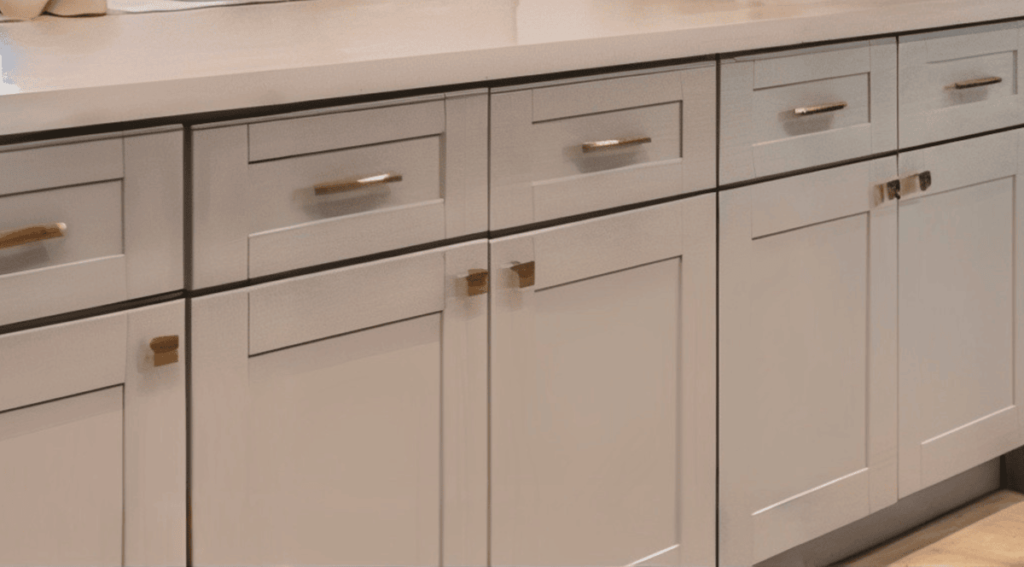
Let’s talk about one of those little details that can make a big difference in your kitchen: knobs and handles. Ever wonder why some people choose one over the other? Well, it all comes down to your preferred style and function.
Knobs are small, single-point handles. They’re typically used for cabinet doors, offering a classic and timeless look. Knobs are easy to install and generally more affordable. They provide a simple grip, making them ideal for lightweight doors. Plus, they come in various designs and materials, allowing you to add a touch of elegance or whimsy to your kitchen.
On the other hand, pulls are longer handles that attach at two or more points. They’re perfect for drawers, providing a modern and sleek appearance. Handles offer a better grip and require less dexterity, making it easier to open heavier drawers, especially those storing pots and pans. They also complement contemporary or streamlined kitchen designs.
The choice between knobs and pulls often depends on personal preference and the overall design of your kitchen. Some people like the uniformity of using all pulls, while others prefer the mix of knobs on doors and handles on drawers. You must also consider the style of the cabinet doors and drawers. For instance, a shaker-style door might suit knobs for a traditional look, while slab drawers often pair well with sleek pulls.
What are Kitchen Cabinet Door Styles, and Which Hardware Should Be Used?
When revamping your kitchen or remodeling some aspects, it’s important to match your cabinet hardware with the right door style. Let’s explore the three main styles: traditional, transitional, and modern.
Traditional
Traditional cabinet doors are all about classic details and elegance. They consist of raised panels and intricate designs. For these styles, knobs are a great fit. They complement the timeless look with materials like brass or bronze, enhancing the warm, inviting feel. These finishes add a touch of charm that aligns perfectly with the traditional aesthetic.
Transitional
Transitional styles blend the characteristics of both classic and contemporary. They feature simple lines with subtle decorative elements. This versatility allows for both knobs and pulls. You might choose sleek pulls in brushed nickel for a modern touch or classic knobs in muted finishes for a nod to tradition. Maintaining a balanced, clean look that doesn’t lean too heavily in either direction is key.
Modern
Modern cabinet doors focus more on minimalism and clean lines, often with flat panels. Pulls are usually the best choice here, as they enhance the modernized appearance. Long, linear handles in stainless steel or matte black can add a sophisticated, sleek touch. If you prefer knobs, opt for ones with minimalist designs to maintain that modern vibe.
Where to Put Knobs and Pulls
When it comes to placing knobs and pulls on your kitchen cabinets, it’s important to know that the placement can vary not only depending on the type of hardware you choose but also on the type of cabinet or drawer you’re working with. Let’s break this down into the cabinets you’ll commonly see in a kitchen: base cabinets, wall cabinets, tall cabinets, and drawers.
Where to Put Knobs and Pulls on Drawers
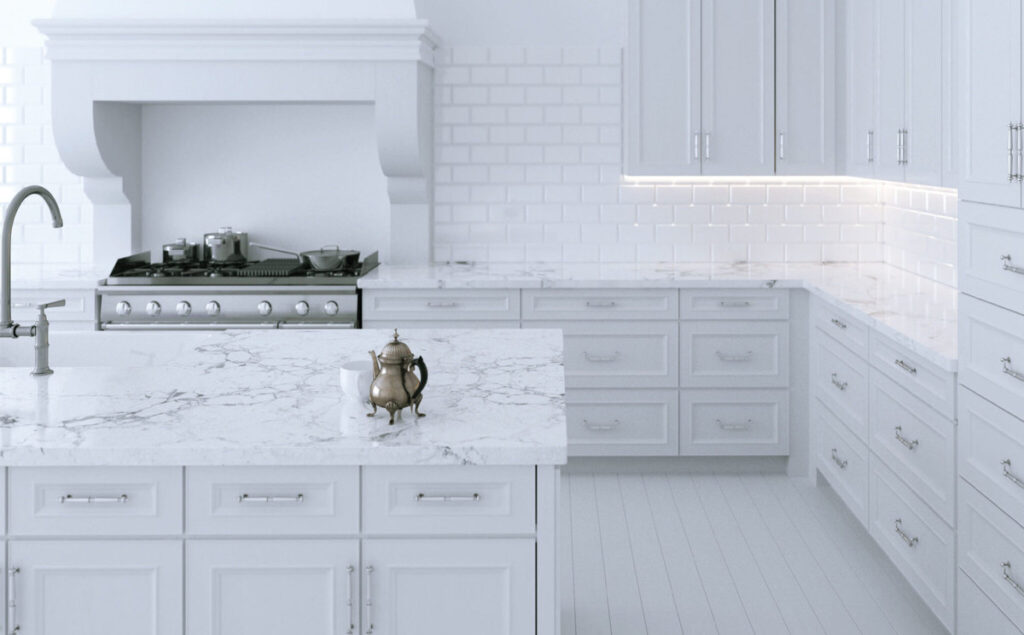
Drawers are one of the most frequently used parts of a kitchen, so getting the placement of your hardware right is essential for both function and aesthetics. Let’s start by looking at where to place cabinet knobs and pulls on drawers.
Pulls
The general rule when installing pulls on drawers is to center them horizontally and vertically. Consider using two pulls for balance for larger drawers, which are often used to store pots and pans.
- For single handles, the center of the pull should be placed 2-4 inches from the top edge of the drawer, depending on the drawer size.
- If you’re using two pulls on a wider drawer, place them equidistant from the center, usually 3-4 inches in from the sides.
Knobs
If you prefer knobs, they should be centered both horizontally and vertically on the drawer for a balanced look. The right cabinet knob placement can make a big difference in how easy it is to open your drawers.
- Place the knob 2-4 inches from the top edge of the drawer front, centered horizontally.
- Like with pulls, for larger drawers, you might need two knobs. These should be placed about 3-4 inches from each drawer’s side.
Where to Put Knobs and Pulls on Base Cabinet Doors
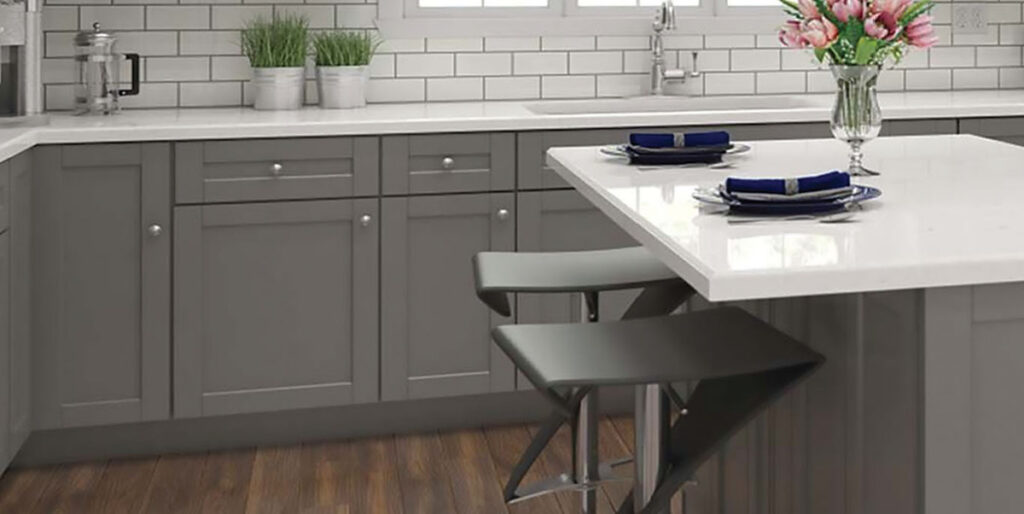
Base cabinets are typically at a lower height, so it’s important to position the hardware where it’s easy to reach. Both pulls and knobs can work well on base cabinets, and the placement should complement the overall kitchen design.
Pulls
For base cabinet doors, pulls are placed vertically and aligned with the stile (the vertical part of the cabinet frame). This vertical placement makes it more comfortable to open the door.
- The pull should be placed 2-3 inches from the top or bottom corner of the door, near the edge of the frame.
- Ensure that the placement feels natural when grabbing it to open the door.
Knobs
Knobs should be positioned similarly to pulls on base cabinets, providing a neat and uniform appearance. Make sure the placement is consistent with other knobs in the kitchen.
- Place the knob 2-3 inches from the top or bottom corner of the door, near the edge.
- Keeping this uniform placement helps create a cohesive look throughout the kitchen.
Where to Put Knobs and Pulls on Wall Cabinet Doors
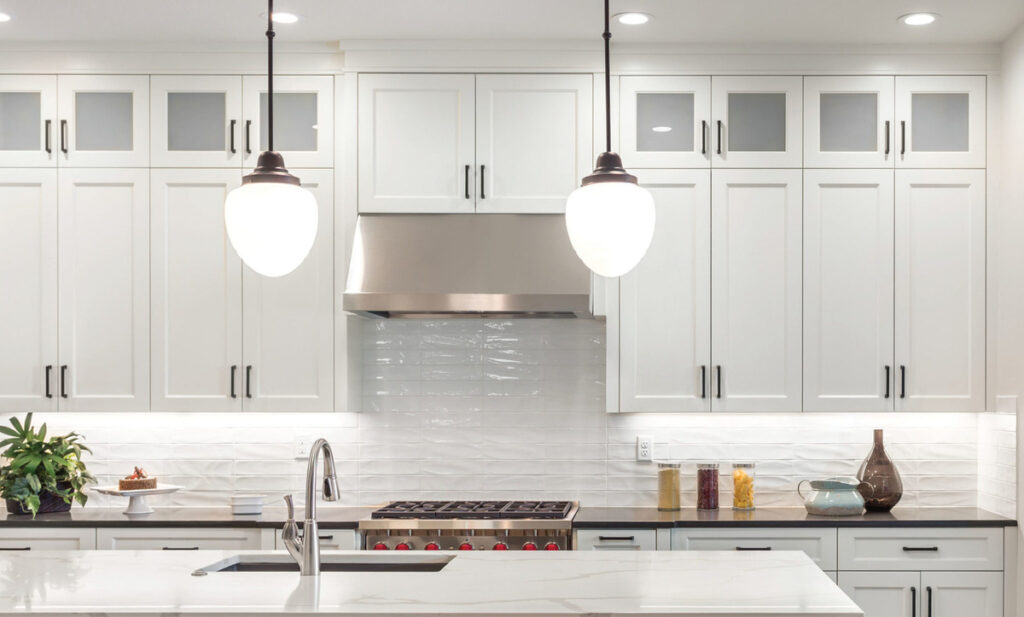
Wall cabinets are often placed higher up, so you must consider the ease of access when deciding where to position your knobs and pulls. This will ensure that opening these cabinets is convenient, especially for taller ones. Always consider where to put cabinet handles and knobs on wall cabinet doors.
Pulls
Pulls are usually mounted vertically on wall cabinets and doors. This helps align the hardware with the kitchen design and ensures ease of use.
- When placing pulls on doors, they should be mounted 2-3 inches from the bottom corner of the door frame (for upper cabinets) for easy reach.
- If placing horizontally on drawers, center the pull vertically and horizontally as you would with other drawer placements.
Knobs
Knobs can be placed similarly to pulls on wall cabinets, with a vertical orientation that aligns with the door’s edge for easy access.
- Place the knob about 2-3 inches from the lower corner of the cabinet door, aligned vertically along the edge.
- Keeping the placement consistent will ensure the design looks balanced across all upper cabinets.
Where to Put Knobs and Pulls on Tall Cabinet Doors
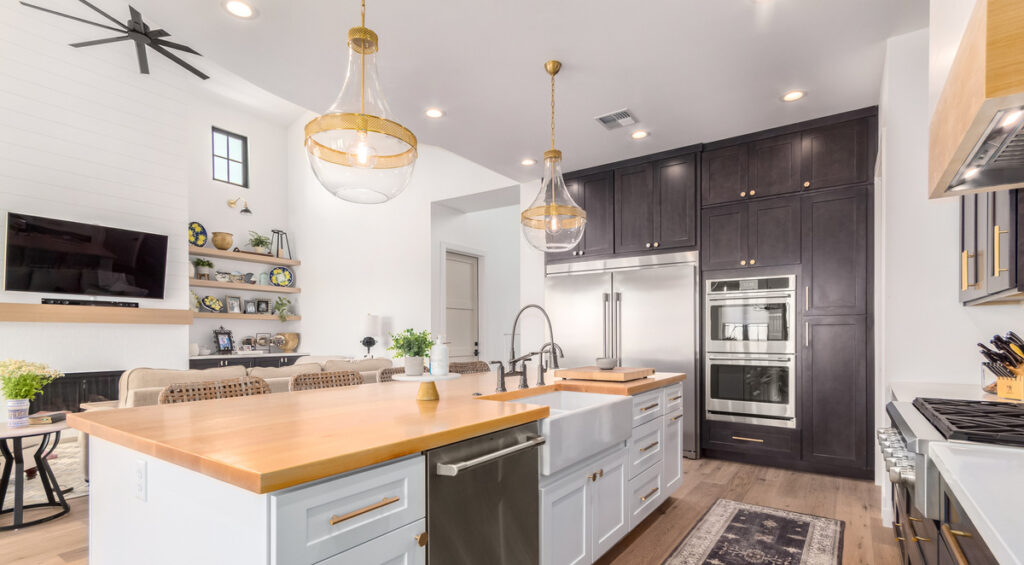
Tall cabinets, such as pantry doors or storage units, require careful placement of knobs and pulls to ensure they are easy to open. Because of their size, the right placement can make a big difference in usability.
Pulls
Tall cabinets often have large doors, so placing pulls properly is important to ensure ease of use. You can mount pulls vertically for a sleek, functional look.
- Place the pull 2-3 inches from the top or bottom edge of the door, usually near the vertical stile.
- Depending on the height of the cabinet, you might even choose to place two pulls spaced evenly for better balance.
Knobs
For tall cabinets, knobs should be positioned at a comfortable height, ensuring that they are easy to reach. This is especially important for taller users or hard-to-reach cabinets.
- Place the knob about 2-3 inches from the upper or lower edge of the door, just like with the base cabinets.
- Adjust the height depending on the size of the cabinet and user convenience to make sure it’s practical for daily use.
Common Mistakes to Avoid
When installing knobs and pulls on cabinets, it’s easy to make small mistakes that can affect both the look and functionality of your kitchen. Here are a few common pitfalls to avoid:
- Placing hardware too close to the edge can make it uncomfortable and may cause wear and tear over time.
- Inconsistent placement across cabinets and drawers can create a mismatched, uneven appearance.
- Choosing hardware that’s too small or too large for the cabinet size can throw off the balance, making it either look out of place or difficult to use.
- Pulls that aren’t centered on drawers, especially larger ones, can feel awkward and unbalanced.
- Failure to align the hardware with the cabinet’s lines, such as the frame or style, can make the design look off.
- Skipping measurements and relying on eyeballing the placement often leads to uneven results, so always take time to measure first.
- While style is important, opting for something that isn’t functional for everyday use can quickly become frustrating.
Additional Tips
When installing pulls and knobs, a few simple tips can make the process much easier and ensure a great result:
- Always measure and mark before drilling to ensure your hardware is evenly placed.
- Use a template or jig to maintain consistent placement across all cabinets and drawers.
- Test the placement with painter’s tape to see how the hardware looks and feels before committing to drilling.
- Match the hardware size to the cabinet—larger cabinets need larger pulls, while smaller cabinets look better with smaller hardware.
- Consider the height and reach of users when placing hardware where it’s comfortable for everyone in the kitchen.
- Double-check that the door swing clears walls and other cabinets, ensuring the hardware doesn’t get in the way.
- Choose durable finishes that can withstand the heavy use kitchen hardware tends to get.



